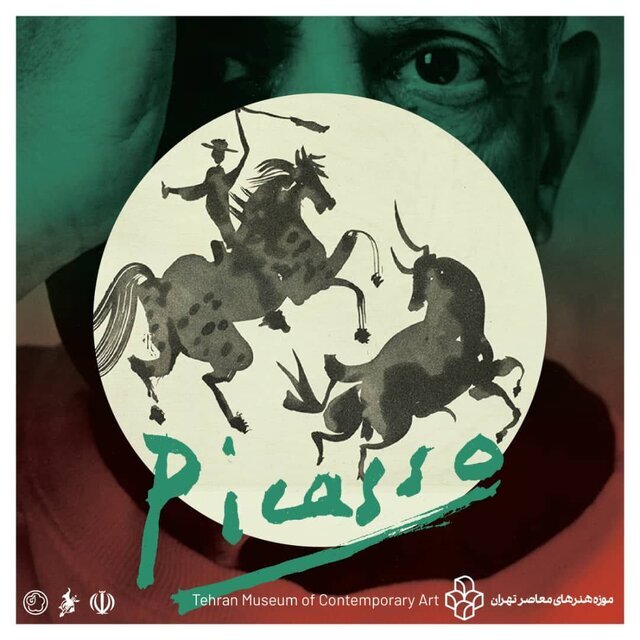Unseen Picasso works to be exhibited at TMoCA

TEHRAN-For the first time in Iran, the Tehran Museum of Contemporary Art (TMoCA) will host a major exhibition featuring over 60 works by Pablo Picasso, spanning different phases of the Spanish master’s career.
Among these, 26 aquatint prints from the renowned series “La Tauromaquia” (The Art of Bullfighting)—which have never been exhibited in Iran before—will be a highlight. The exhibition is set to open in early March, Honaronline reported.
“La Tauromaquia,” a rare and exquisite portfolio created by Picasso, consists of 26 aquatint prints, produced in 1957. This collection is one of his most celebrated works in the realm of printmaking, showcasing his deep fascination with Spanish culture, particularly the dramatic and ritualistic spectacle of bullfighting.
The series was inspired by José Delgado’s 18th-century book “La Tauromaquia o arte de torear” (Tauromachia, or The Art of Bullfighting), which detailed the history and techniques of bullfighting. José Delgado, known as Pepe Illo, was a famous matador, and his book became a significant reference in Spain’s bullfighting tradition. Picasso, who was passionate about bullfighting since childhood, visually reinterpreted these historical accounts through his unique artistic style.
Picasso employed the aquatint technique, a printmaking process that allows for rich tonal variations, giving the images a dramatic, almost painterly effect. The works are minimalist yet expressive, often featuring bold black-and-white contrasts that emphasize movement, tension, and the raw energy of the bullfight.
Through swift, gestural lines and fluid compositions, Picasso captures the essence of the bullfight—the grace of the matador, the power of the bull, and the tension of the confrontation. His depictions are not merely literal illustrations but abstract and emotionally charged representations of the spectacle.
“La Tauromaquia” reflects Picasso’s lifelong fascination with bulls and bullfighting, themes that appear frequently in his work, from early sketches to his masterpiece “Guernica” (1937). The series is also seen as a tribute to Spain’s cultural heritage and the enduring mythos of the bull as a symbol of strength, danger, and artistry.
Pablo Picasso (1881-1973) was a Spanish painter, sculptor, printmaker, ceramicist, and theater designer who spent most of his adult life in France. One of the most influential artists of the 20th century, he is known for co-founding the Cubist movement, the invention of constructed sculpture, the co-invention of collage, and the wide variety of styles that he helped develop and explore.
Established in 1977, the TMoCA has more than 4,000 items that include 19th and 20th century world-class Iranian, European, and American paintings, prints, drawings, and sculptures. Being the biggest collection of Western art in the Eastern world, it includes works from almost all artistic periods and movements.
The museum was designed by Iranian architect Kamran Diba who employed elements from traditional Persian architecture. The building itself can be regarded as an example of contemporary art, in the style of an underground Guggenheim Museum. Most of the museum area is located underground with a circular walkway that spirals downwards with galleries branching outwards. Western sculptures by artists such as Ernst, Giacometti, Magritte, and Moore can be found in the museum's gardens.
SS/
Leave a Comment